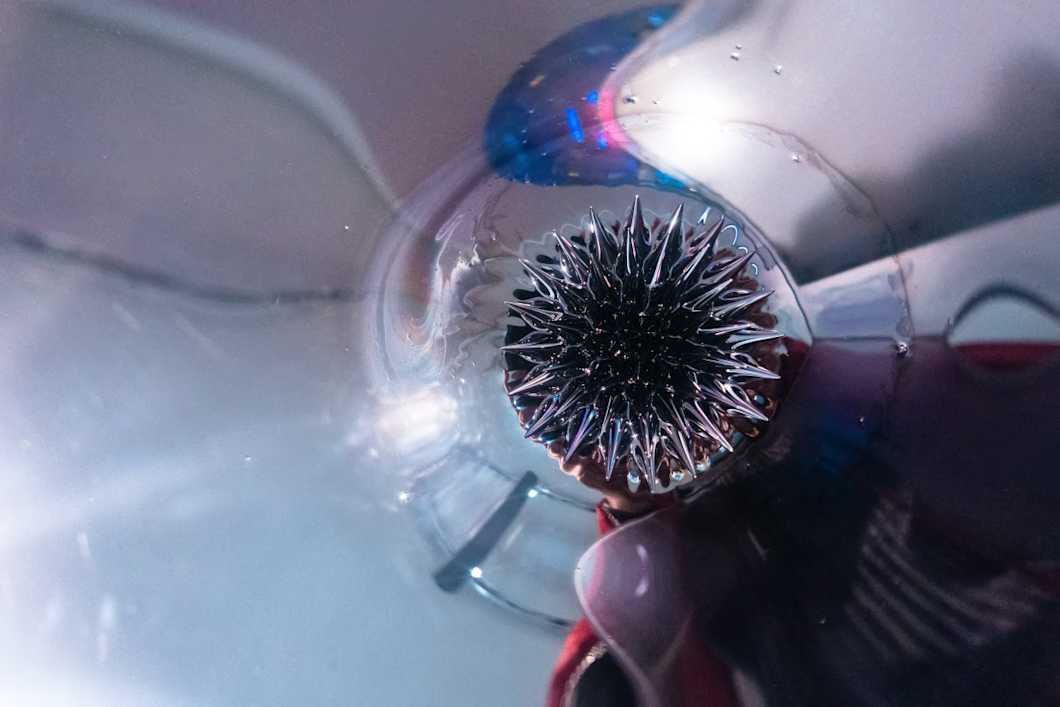Vibrating-sample magnetometry
Vibrating-sample magnetometry (VSM) is a technique used to measure the various magnetic properties of different types of magnetic samples, including thin films and semiconductor materials.

- Fast turnaround times
- Personal service from method experts
- Competitive prices
- Result accuracy guarantee
What is vibrating sample magnetometry used for?
VSM is used to determine the magnetic properties of ferromagnetic, ferrimagnetic, anti-ferromagnetic, diamagnetic and paramagnetic materials. It tests the strength of the field they produce, and how susceptible they are to an external magnetic field. This is useful in researching and developing new magnetic materials, which are used in electronics, batteries, electricity generation, and supply.
How does the vibrating sample magnetometer work?
During a VSM measurement, the sample is held inside an external magnetic field, causing its magnetization to align with the field. The sample is then moved up and down at a set frequency. This vibration causes movement of the material's magnetic dipole which in turn creates an electric field. This creates a current in a set of pickup coils, which can be measured, providing information on the magnetic properties of the sample.
SQUID-VSM
In superconducting quantum interference vibrating sample magnetometry (SQUID-VSM) additional apparatus is used to record the magnetic field changes with even higher accuracy. The higher sensitivity of SQUID magnetometry, combined with faster results of VSM, allows for significantly more data to be gathered in a short timeframe.
Advantages and limitations of vibrating-sample magnetometry
VSM offers high accuracy and can typically be used to record even small changes in the magnetic field of a sample. It tends to produce results faster than other standard forms of magnetometry, including SQUID. However, the nature of the vibration means that it cannot be used on fragile samples that would be damaged in the process.
Suitable sample matrices
- Metals
- Thin films
- Bulk materials
- Semiconductors
- Nanomaterials
Ideal uses of magnetometry
- Measuring magnetization of materials
- Testing magnetic susceptibility
- Measuring magnetic field intensity
Ask for an offer
Fill in the form, and we'll reply in one business day.
Have questions or need help? Email us at info@measurlabs.com or call our sales team.
Frequently asked questions
Measurlabs offers a variety of laboratory analyses for product developers and quality managers. We perform some of the analyses in our own lab, but mostly we outsource them to carefully selected partner laboratories. This way we can send each sample to the lab that is best suited for the purpose, and offer high-quality analyses with more than a thousand different methods to our clients.
When you contact us through our contact form or by email, one of our specialists will take ownership of your case and answer your query. You get an offer with all the necessary details about the analysis, and can send your samples to the indicated address. We will then take care of sending your samples to the correct laboratories and write a clear report on the results for you.
Samples are usually delivered to our laboratory via courier. Contact us for further details before sending samples.